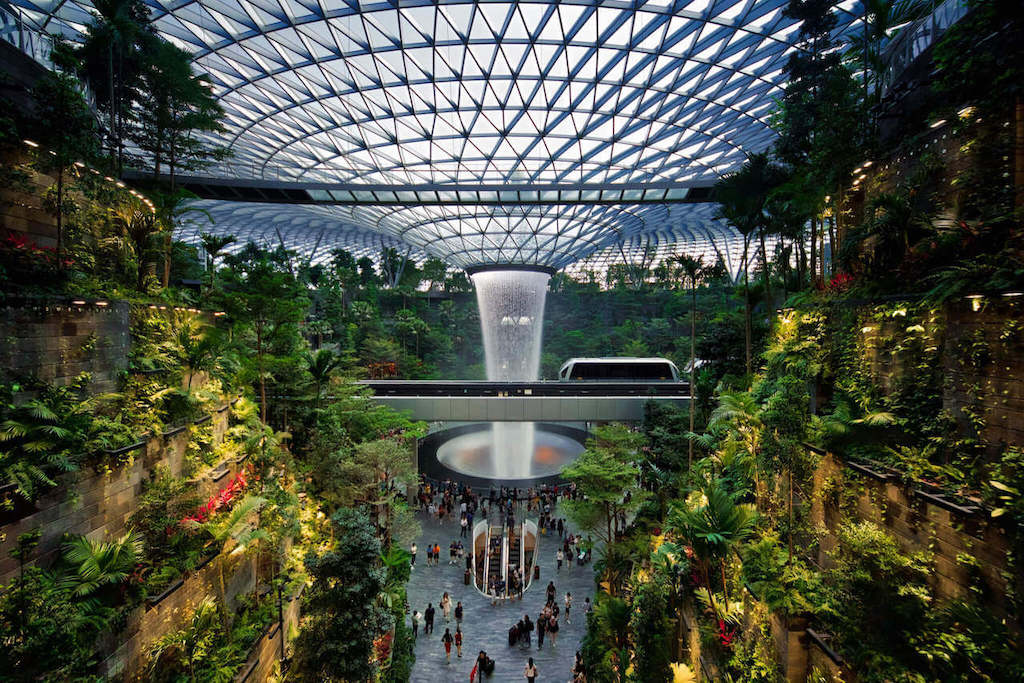- 4 min
Why trees reduce stress and are good for our health
Studies have shown that simply seeing trees reduces stress, helps you heal faster, reduces adhd symptoms, makes you feel safer, improves focus and restores your attention1. But why does it work? The answers to this question lie in our ancient evolutionary history and even explain why certain trees have better effects on us than others:
Our ancient relationship with trees
Way before we evolved into humans, our relationship with trees started. Our great ancestors, the apes on the savannas of Africa, had an intimate relationship with trees. It was their habitat. Trees provided food, play, learning and most of all a safe space in times of danger. The apes that spent time in or near trees survived better, so they evolved to naturally be attracted to them and feel safer around them. This created a stress reducing effect in primates when seeing trees.
When apes evolved into the early humans, they spent less time in trees, but trees remained important to survival. They signaled the presence of food and water and were helpful in creating fire, tools and shelter later on.
Our modern relationship with trees
While trees are still just as essential for our oxygen and survival, now the relationship has changed. Most of us no longer depend on trees for our survival in daily life in a direct way. However, the positive psychological and hormonal response to seeing a tree still lives within us and hasn’t changed much over time. Research shows that even as soon as we see a pleasant color green, our stress levels drop and if we see trees they drop even more1.

Our inbuilt preferences for particular trees
Not all trees create the same effect in us. Research showed that the types of trees that aided most in our survival over the millennia, give rise to the most positive response in us1. We also judge them as the most beautiful. These are the optimal characteristics of trees that created a positive response in research where people were shown the different types:
1. The tree should be wide, not too tall and relatively easy to climb, just like the Acacia tortilis. This is the tree that is most similar to the ones we spent most time around during our evolution on the savannas in Africa, so that we could be protected from predators1.
2. The trees should be in a group that overlap, not a single tree in a field or trees standing far apart. This way the great apes could swing from one to another and avoid danger more easily.
3. The trees and plants should not be too dense so that dangerous predators could easily hide in them. Too dense canopy can create a sense of fear in us.

Another reason why we respond positively to trees: Fractals
Trees are fractals, which means that patterns that are created by the large structures, such as the main branches, repeat themselves in smaller structures, such as smaller branches. A current leading theory is that our nervous system has evolved to process fractals very well and that this is why research has shown that fractals, like trees, reduce stress and induce a more pleasant state of being2. We are much less adapted to modern architecture, with its straight lines and non-fractal, plain surfaces. Even art that incorporates fractals is shown to generate a more aesthetically pleasing experience in people.
How can we make use of the positive effects of trees on our wellbeing?

Biophilic architecture
Let’s plant trees
By letting us plant trees for you in Tanzania to offset your carbon footprint you also get access to the program ‘In harmony with earth’ where you learn more and more about how to make most environmentally friendly choices in life. So order your trees now: